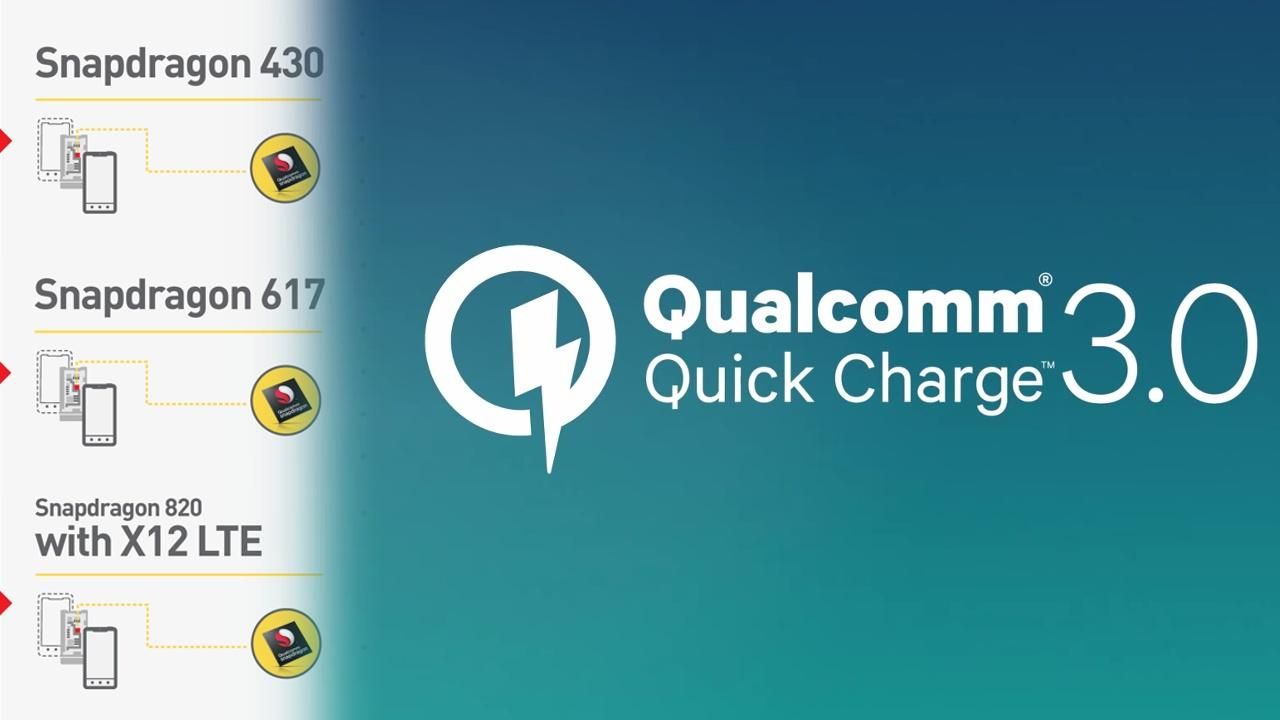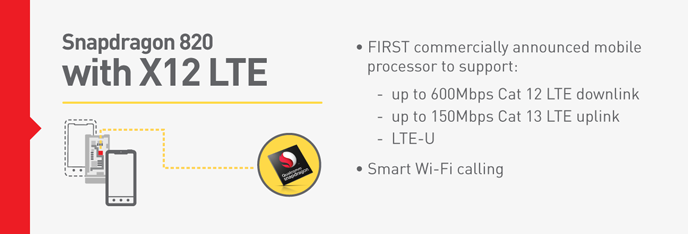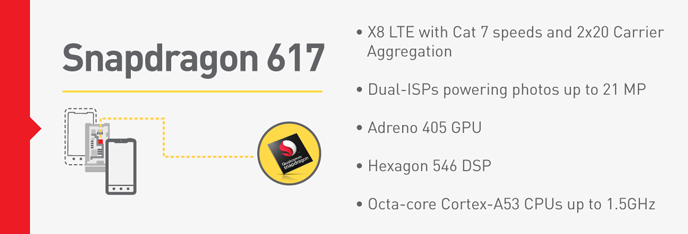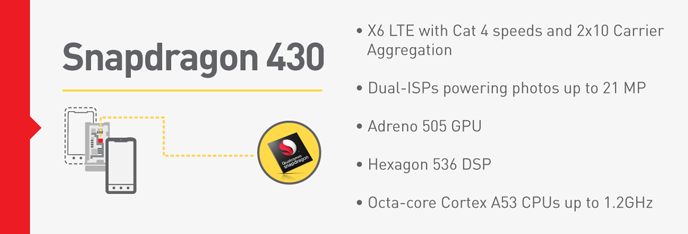Was the Snapdragon 810 chipset just a (flaming hot) fluke? Has Qualcomm restored its reputation of reliable performance in its high-tier silicon? Is all the bashing, the ridicule and the doubt over for the San Diego-based company? We will soon find out as the all-new Snapdragon 820 system-on-a-chip is available for OEMs to use right now.
The company’s announcement from Hong Kong played heavy the 820’s capacity for extreme LTE speeds: up to 600Mbps downlink and 150Mbps uplink (Cat. 13 and 12 speeds respectively) through its new X12 LTE modem. The chipset takes advantage of exclusive technology that helps antenna tuning in phones with metallic industrial design, resulting in what Qualcomm predicts will be “reduced dropped calls, [improved] cell edge throughput and even lower power consumption.” That development extends on what Qualcomm did to get Qi charging through metal. The company also boasts seamless in-call connectivity switching between Wi-Fi (now with 802.11 ad!) and LTE and the capability of tapping into unlicensed LTE spectrum as well.
The lesser-known details are in processor specs as we tried to find out what the custom Kyro CPU architecture would look like, but as of this post, we got a broken link (Update: The custom built 64-bit processor will be will be run in a quad-core arrangement at 2.2GHz and on a 14nm fabrication). The chipset will sport an Adreno 530 GPU, though.
Qualcomm expects first-run devices featuring the 820 to appear for the spring smartphone season.
The mid-range-oriented Snapdragon 617 and Snapdragon 430 chipsets also made their debuts with both featuring the Cortex-A53 in an octa-core infrastructure with speeds of up to 1.5GHz for the 617 and 1.2GHz for the 430. The latter is using a new class of the Adreno GPU with the introduction of the 505.
But there’s a shared piece of big news for all three SoCs: they support the new Quick Charge 3.0 standard. This standard expands the options in charge potential from 5V, 9V, 12V and 20V in Quick Charge 2.0 to a range of 3.6V to 20V in increments of 200mV. That ties together with a new algorithm which helps determine how much power should course into a device at any given time. There’s backwards-compatibility with devices containing previous Quick Charge tech and support for USB Type-C connectors, too. And just so we have our bases covered, you can find it on the Snapdragon 618 and 620 as well.
And the real numbers you want to see? Apparently for a zero to 80-percent charge, what would take about 90 minutes for other devices will take 35 minutes for Quick Charge 3.0-compatible devices. It’s supposedly four times faster than conventional charging methods, twice as fast as the original Quick Charge standard and up to 38 percent more efficient than Quick Charge 2.0.
These developments, while fresh on paper, will need testing in the real world. That’s what we’re here to do and we’ll keep you posted.
Source: Qualcomm (Snapdragon 820, 617 & 430, Quick Charge 3.0)




